A three-story red brick building stands on the north side of Bainbridge between 9th and 10 Streets, serving as a multi-unit condominium. However, the historical marker in front of the structure hints at its significance in improving the lives of Philadelphia’s African American citizens well before the start of the Civil War. The story of the structure begins with a series of race riots in 1829. According to Explore PA History, Quaker and slave-trader Richard Humphreys witnessed these violent clashes and gained a newfound appreciation for the struggle of the city’s African-descended populations. He revised his will just three years prior to his death, bequeathing $10,000 to establish the Institute for Colored Youth. First opened on a farm outside of the city proper in 1840, the school came to occupy 915 Bainbridge St. by 1866. The image here below, taken from G.M. Hopkins’ 1875 Philadelphia Atlas, shows the Institute directly across from Ronaldson’s Cemetery (now Palumbo Recreation Center).
Explore PA History tells that the school’s stated mandate was to “instruct the descendants of the African race in school learning,” a goal which it was said to have achieved quite well. The school gained a great reputation among African American scholars through the late century and in turn produced several generations of scholars and civil rights activists from both its student and faculty ranks. The image here below, taken from Explore PA History, shows members of the venerated professorial faculty at the Institute, probably in the 1890s.
The Preservation Alliance tells that the school achieved far-reaching recognition as a national model for higher education aimed at serving growing urban African American populations. In 1902, the Preservation Alliance indicates, the institute would relocate once again, this time to a farm in Cheney, Pennsylvania. After several name changes, the school would ultimately come to be known as Cheney University of Pennsylvania. It would also become nationally accredited at this time. As the direct descendent of Humphreys’ Quaker-owned school, Cheney is entitled to call itself “the oldest of the Historically Black Colleges and Universities in America.” Shortly after its departure from the city, the Institute’s Bainbridge location became the Samuel J. Randall Public School. The photos below, borrowed from the Free Library of Philadelphia, show the front and back of the Randall School in 1912.
The Randall School ceased to exist some time after World War II, though the building remained intact in its original incarnation through that duration, achieving protected status on the National Register of Historic Places in 1986. It was sometime afterward that the building was converted into the condo units seen here below.
–David Tomar

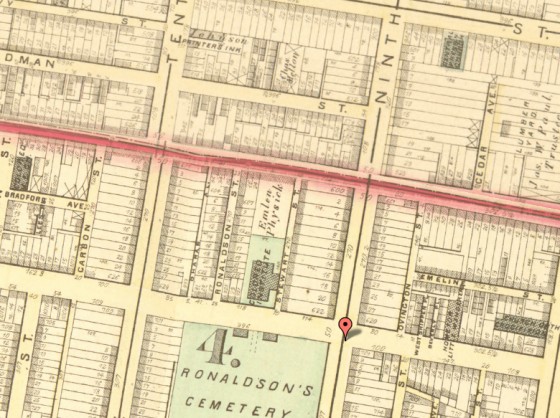
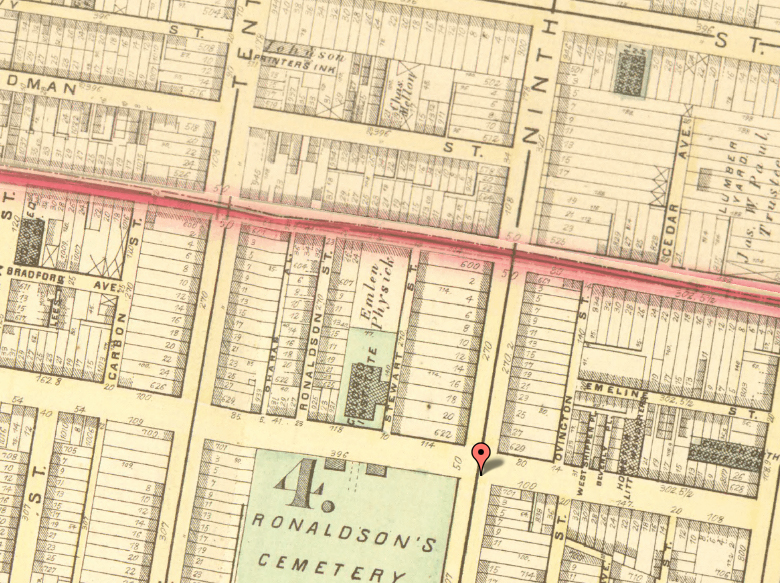
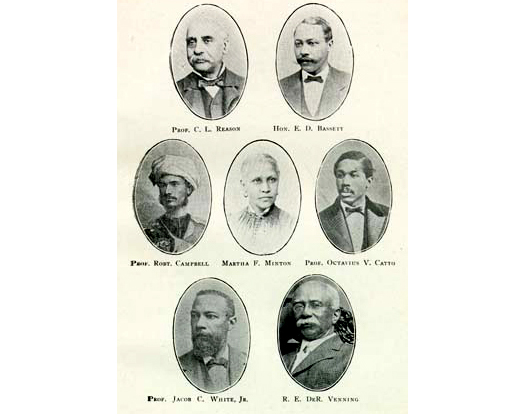
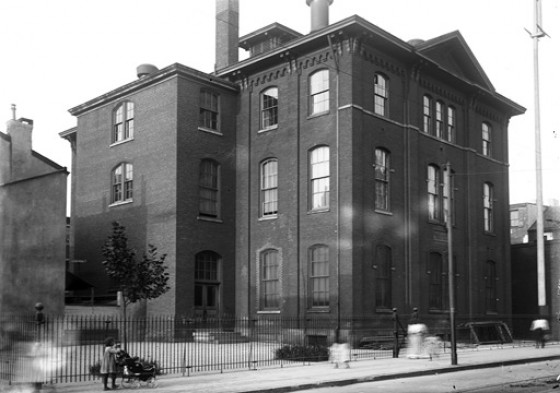
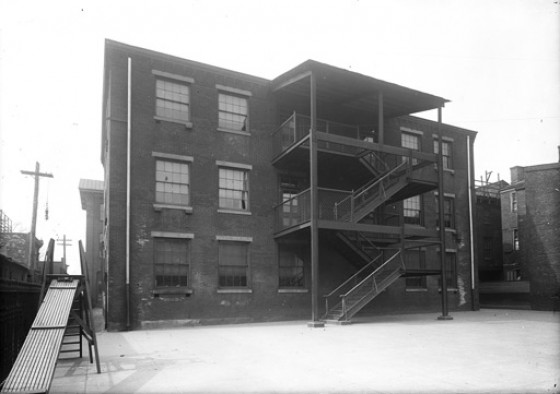
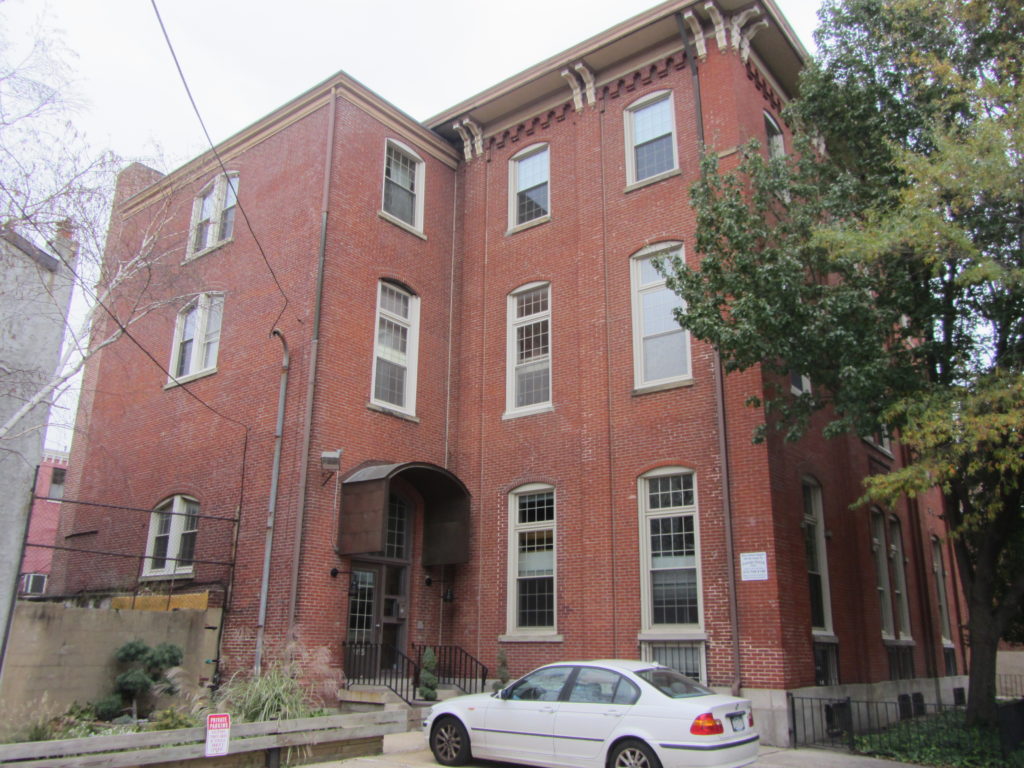
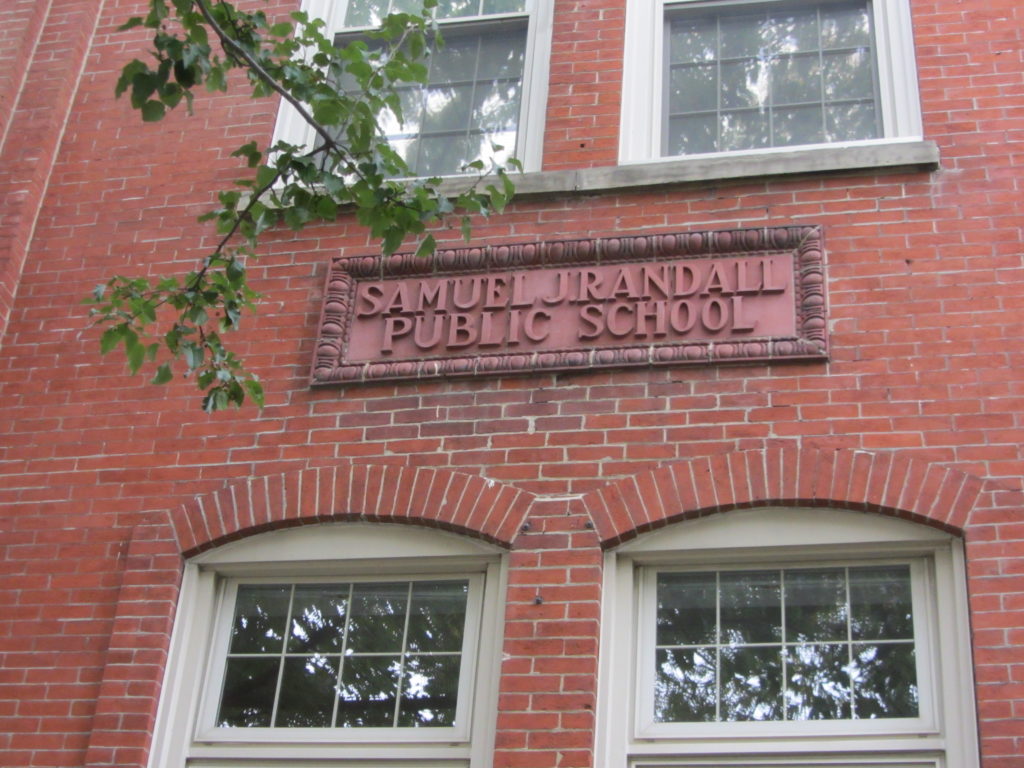
Leave a Reply